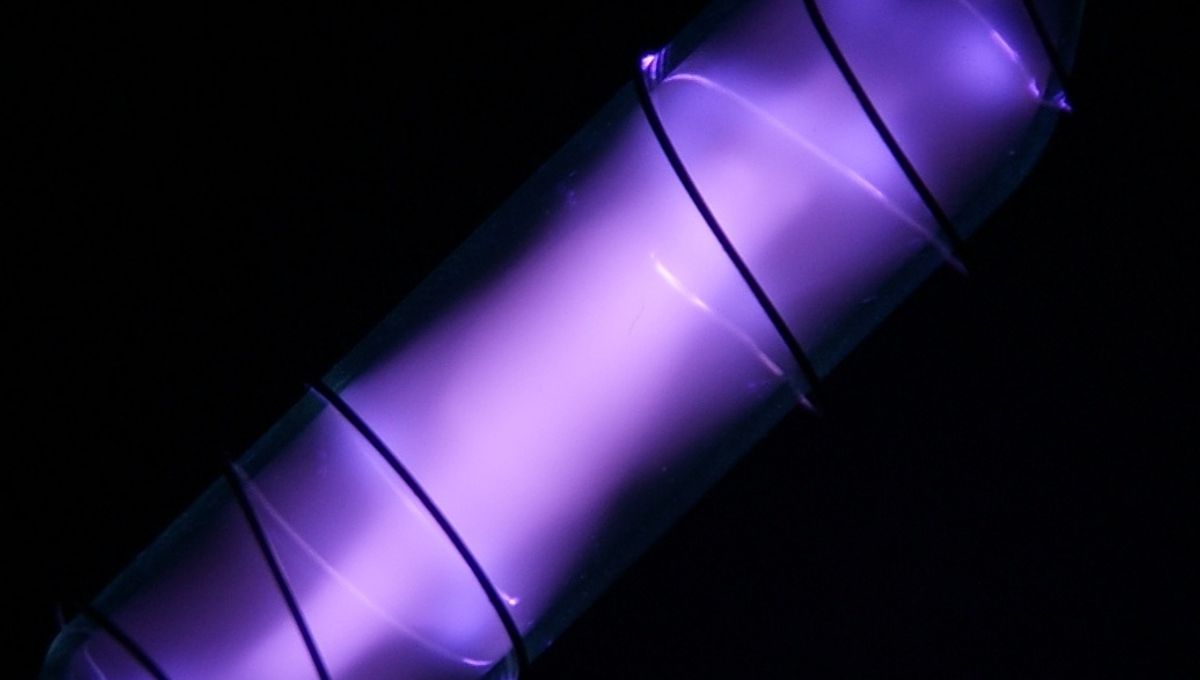
Scientists have observed a never-before-seen form of oxygen, and its behavior could call into question what nuclear physics says about “magic numbers”.
Imagine, if you will, that you could see within an atom; at its core is the nucleus, containing subatomic particles called protons and neutrons. The number of protons is what defines the element. Oxygen, for example, has eight protons. However, the number of neutrons in an atom can vary, leading to different forms of elements, called isotopes.
The newly observed type of oxygen is one such isotope – oxygen-28, which has 20 neutrons. Working at the Radioactive Isotope Beam Factory (note: they do not mass produce little beams and package them up), a team of scientists successfully produced oxygen-27 and oxygen-28 for the first time.
They did this by first firing another isotopic element, calcium-48, at a ball of beryllium. This produced lighter atoms, those with fewer protons and neutrons than the original element. The scientists then isolated fluorine-29 from the lighter atoms and collided it with liquid hydrogen, which knocked off the proton necessary to make oxygen-28.
However, the scientists were taken by surprise when oxygen-28 quickly decayed into another isotope, contradicting one of nuclear physics’ assumptions about the stability of atoms.
Elements and their isotopes have “magic numbers”. This is when the number of protons or neutrons in an atom fills a quota called the nuclear shell, conferring stability to the atom. If an atom has both a magic number of protons and a magic number of neutrons, it’s considered to be “doubly magic”. A well-established example of this is oxygen-16, the most abundant type of oxygen on Earth.
Eight is a magic number for protons and 20 for neutrons, so oxygen-28 was expected to be one of these doubly magic isotopes. Instead, its instability led scientists to conclude that the nuclear shell was not filled and therefore cast doubt on whether 20 is in fact a magic number. It could also explain why oxygen-28 has taken a long time to be successfully observed.
Oxygen-28 is not the only isotope where 20 neutrons no longer seem to be magic. In a phenomenon known as the island of inversion, isotopes of neon, sodium, and magnesium with 20 neutrons also show a lack of nuclear shell closure.
In the case of oxygen-28, the scientists involved in the study proposed that further research would require observing the atom’s nucleus in a higher-energy state. This might help to better understand why 20 might not be a magic number after all.
The study is published in Nature.
Source Link: New Form Of Oxygen Observed By Scientists For The First Time